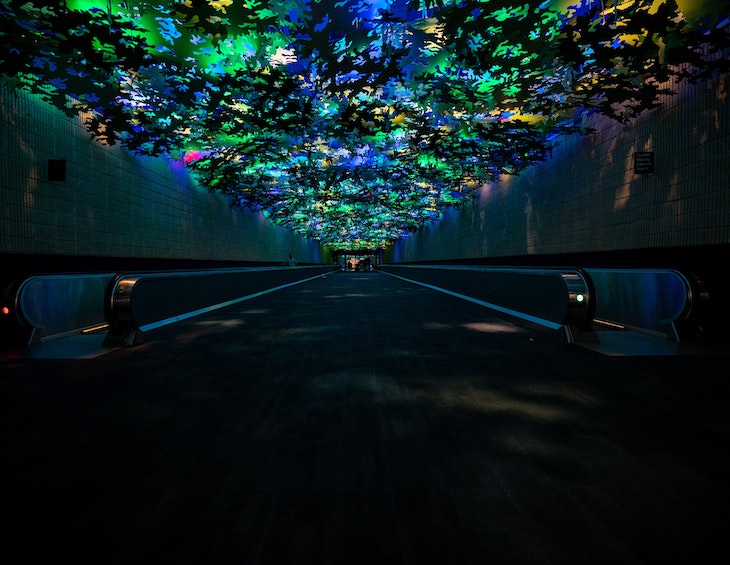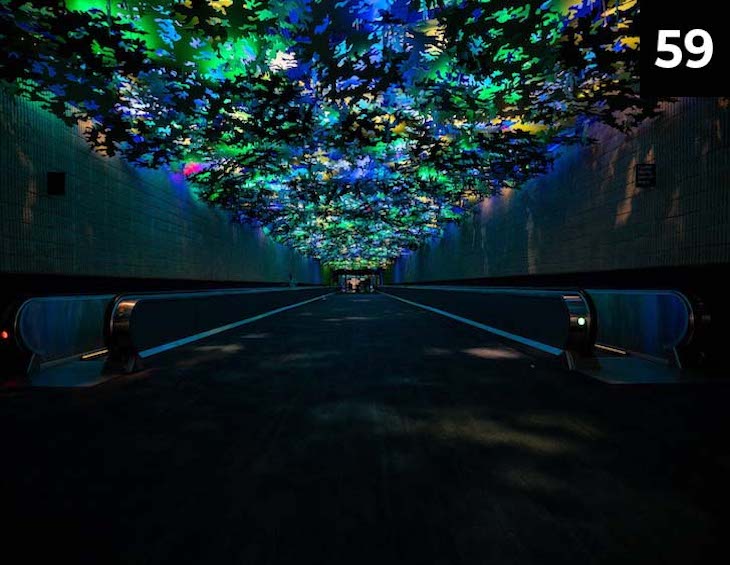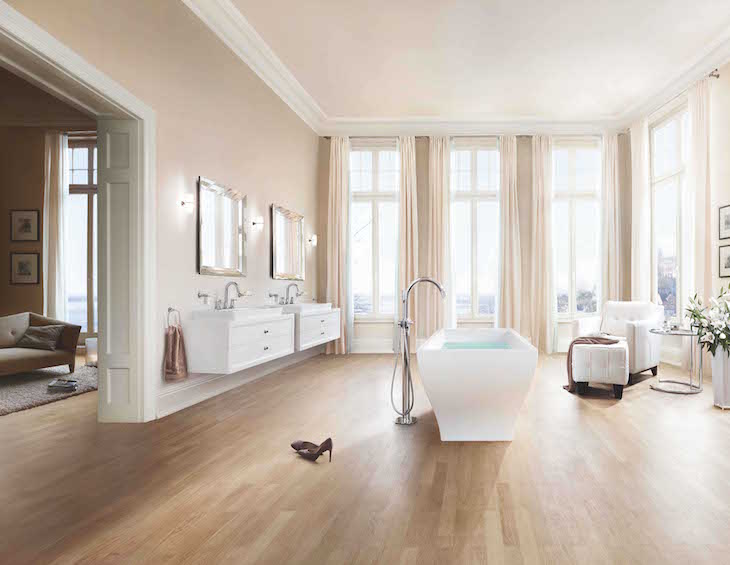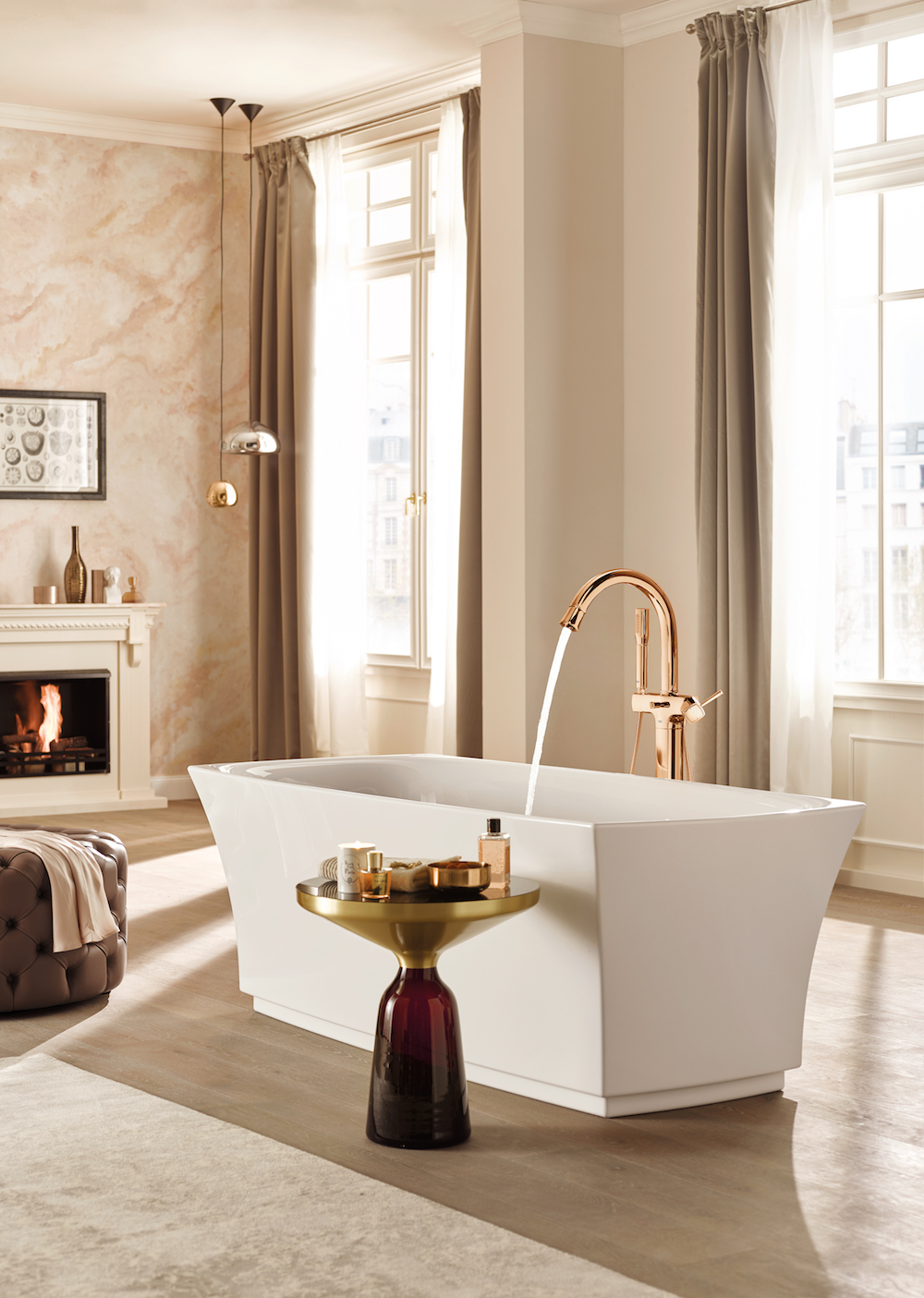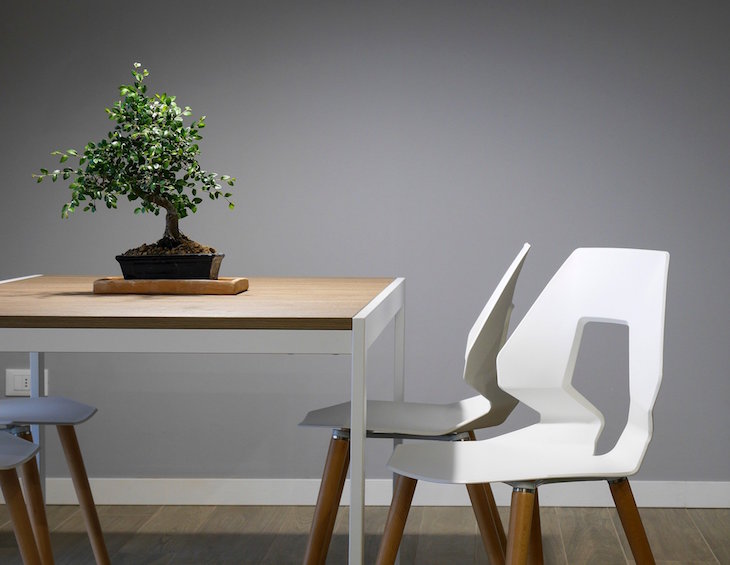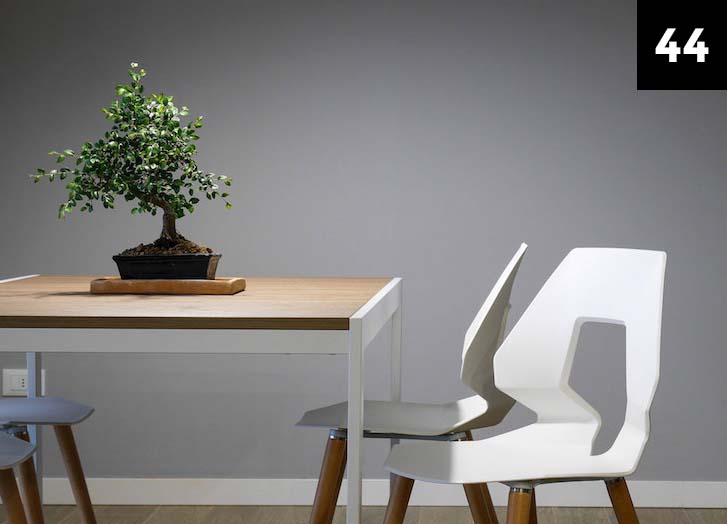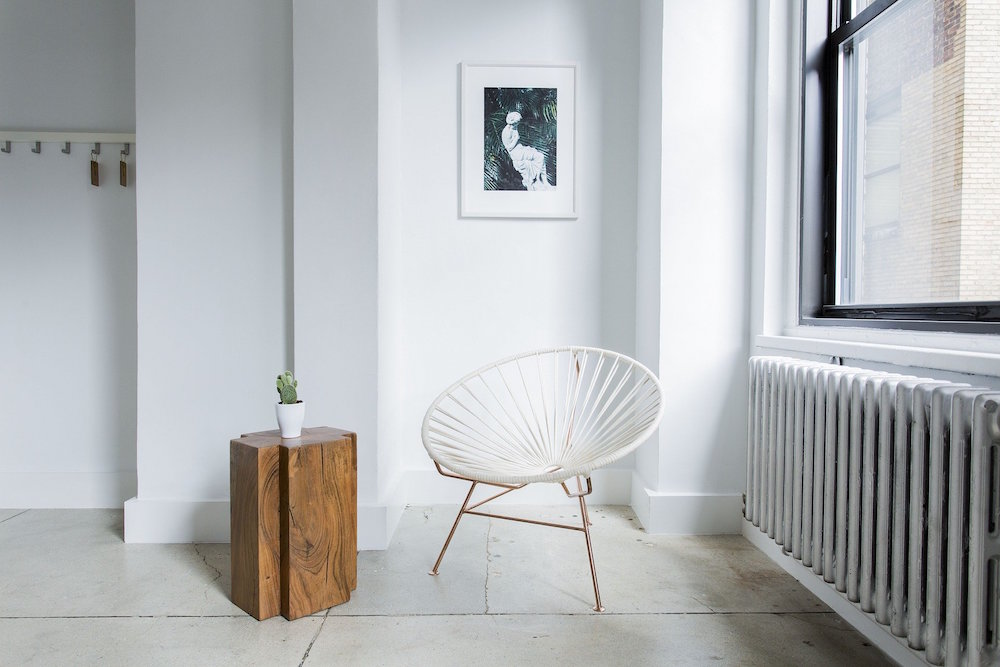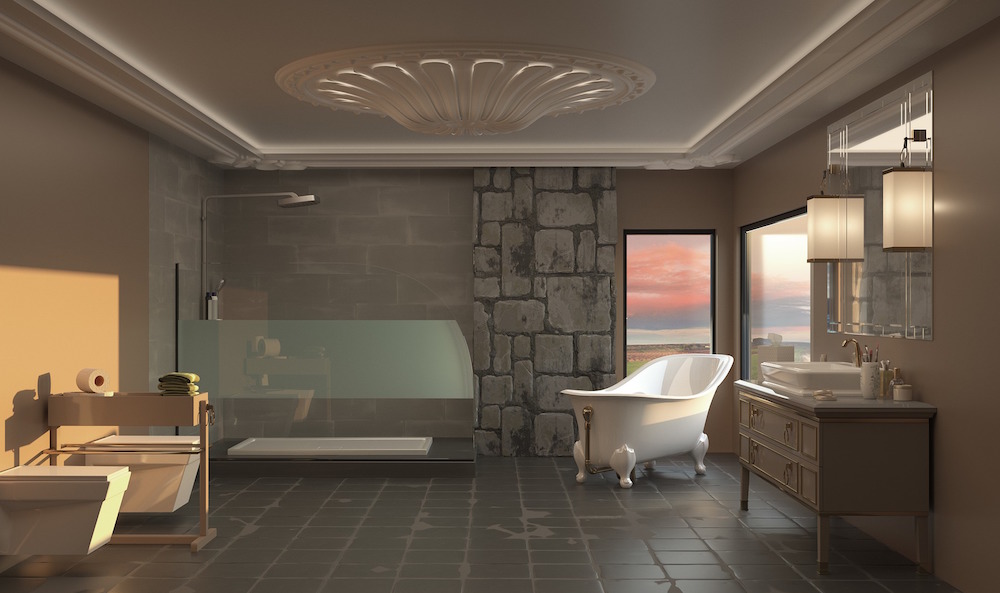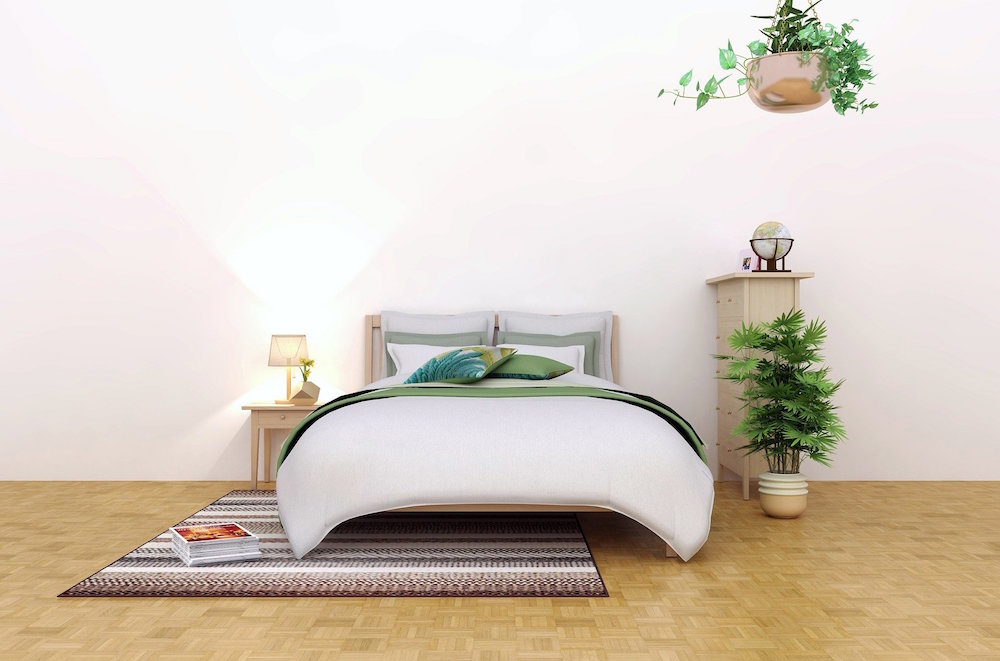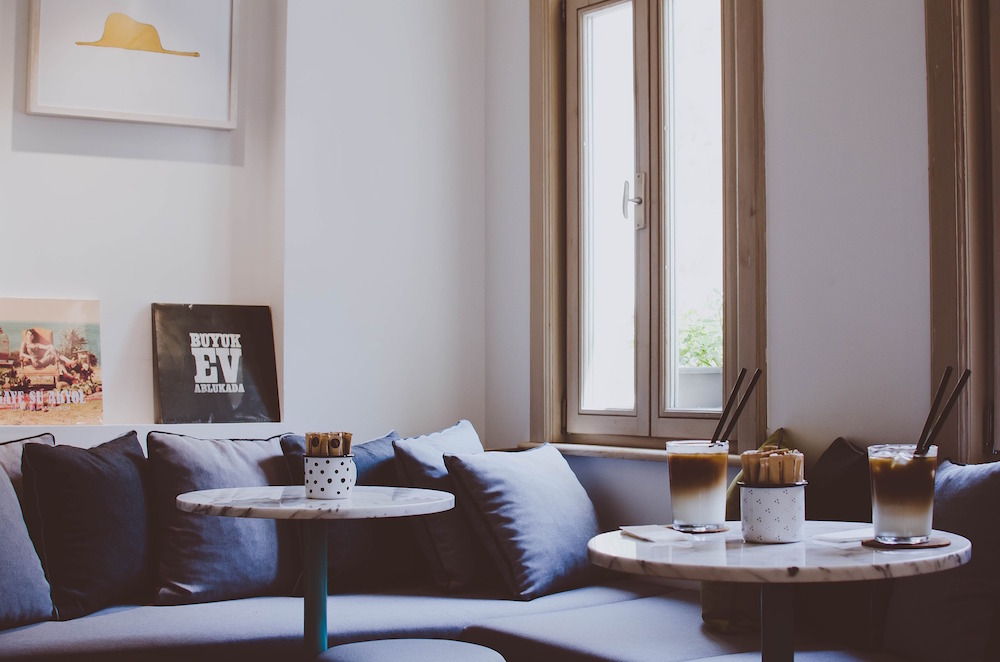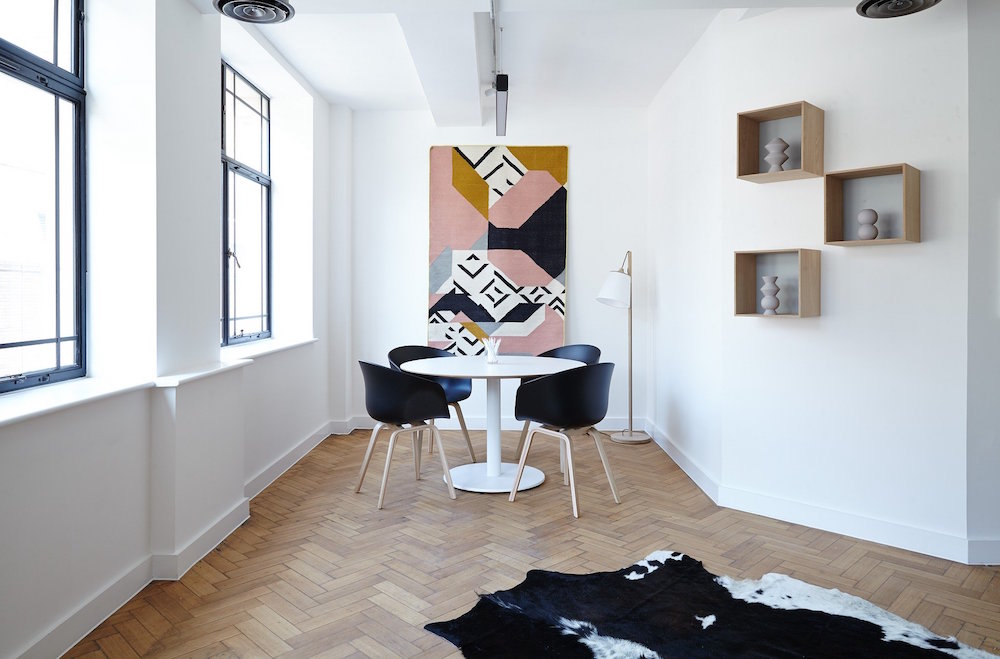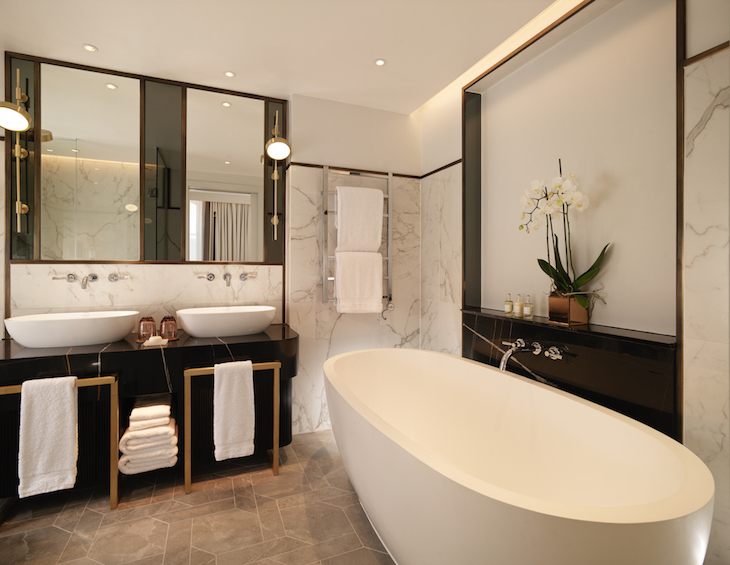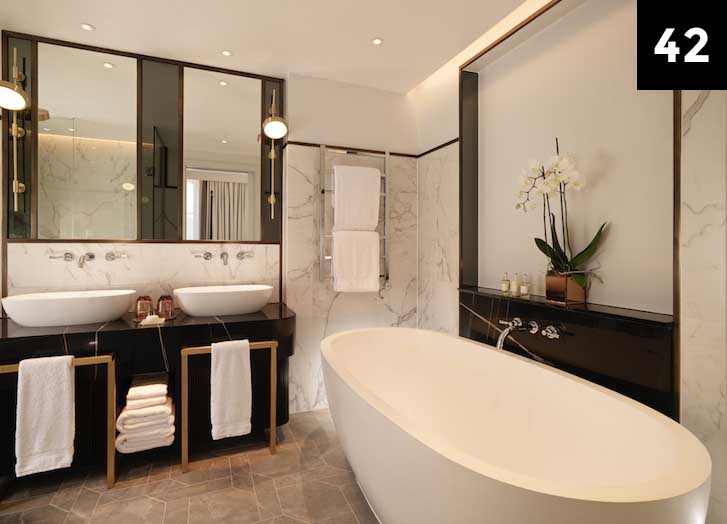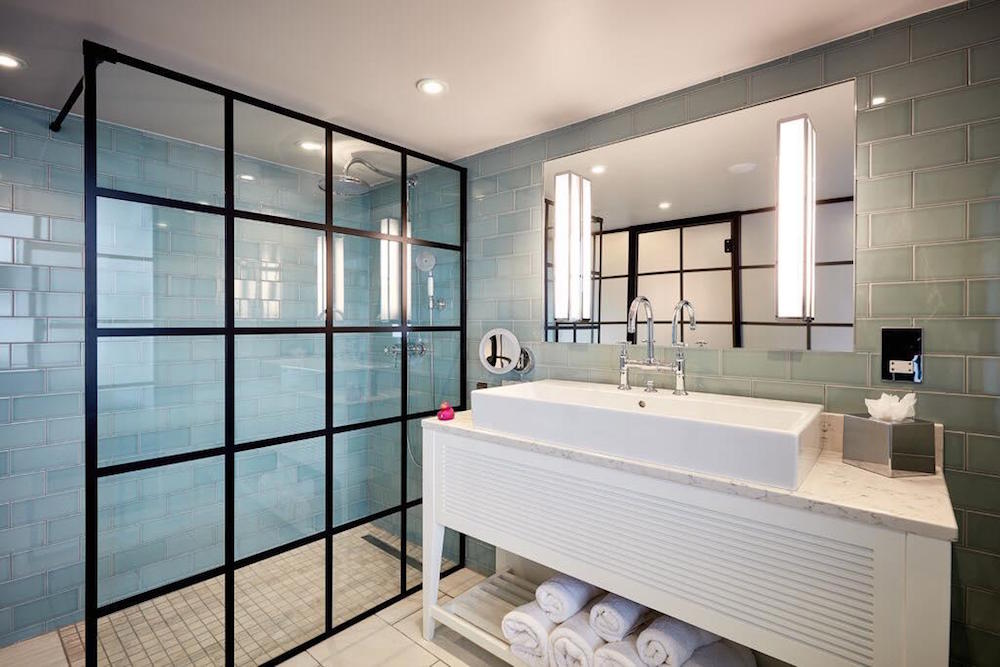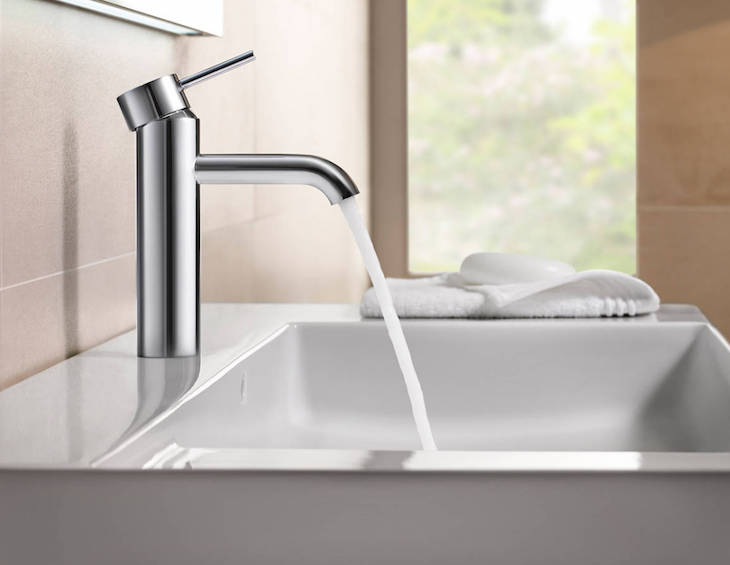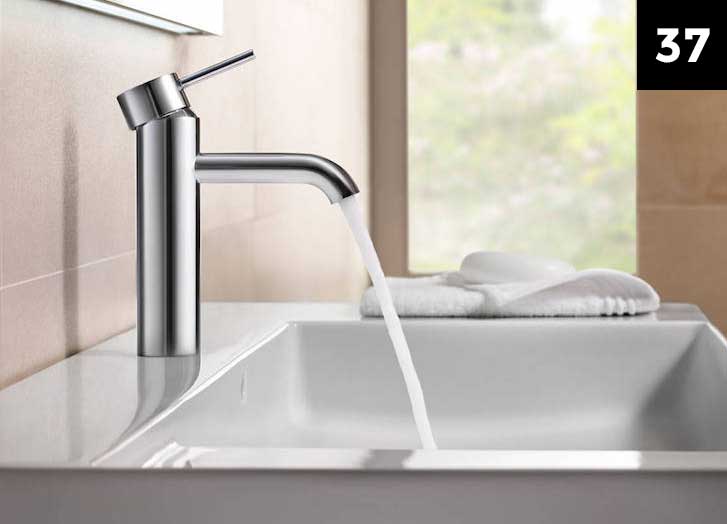5 creative ways to incorporate solar lighting
https://hoteldesigns.net/wp-content/uploads/2022/01/osman-rana-nhKKQWKK6wQ-unsplash.jpg 730 565 Hamish Kilburn Hamish Kilburn https://secure.gravatar.com/avatar/81d2884aeeac3c45e38c47cacc508c2178bab773320ff2d6a83bdcc803d93aec?s=96&d=mm&r=gWith the race to Net Zero well and truly underway – and with the industry continuing to innovate new ways to design consciously – interior designers, architects and hoteliers are finding new ways to save energy. Here, Zach Edwards explores creative ways we can introduce solar lighting in landscape design…
Effective outdoor lighting is essential for hotels, especially those that offer space for outdoor activities and outside F&B.
The number-one reason for installing outdoor lighting is safety and security. No operator wants a guest or staff member to trip and take a fall in the shadows. Likewise, no one wants someone to fall victim to crime in a dark corner.
But outdoor lighting comes at a cost. Lighting a large establishment takes a lot of electricity – and money. This is where solar lights come into play. Here are five inexpensive ways to incorporate solar lighting into your exterior design.
1) Along pathways
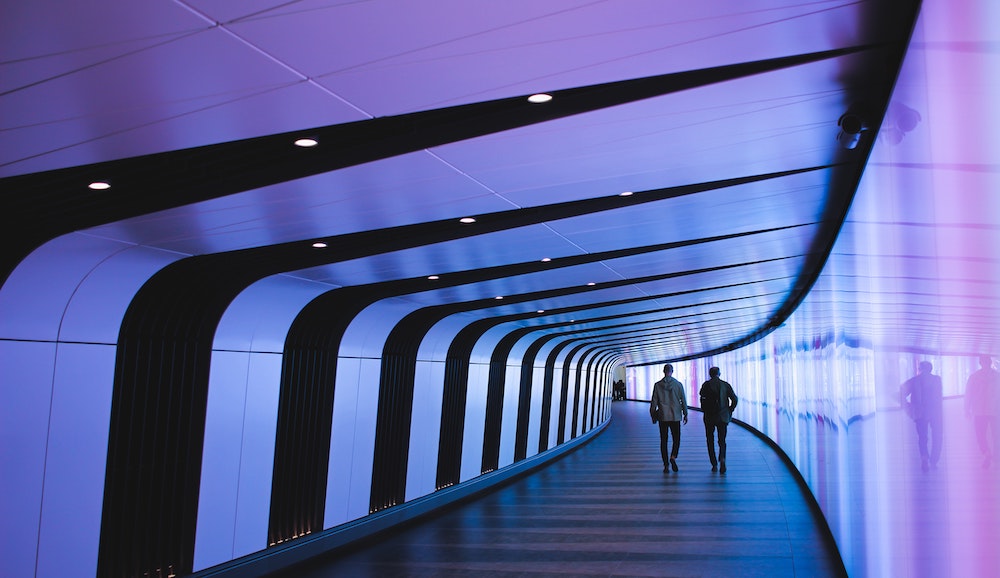
Image credit: Tom Parkes/Unsplash
Dark walkways are a lawsuit waiting to happen. Installing electric lights can involve stringing wires or trenching. Solar lights are more versatile when it comes to placement. They’ll work anywhere they can get a minimal amount of light.
Stick lights will work, but taller post lamps spread more light along the walkway. They’ll also be able to absorb more of the sun’s rays during the daylight hours. Let’s face it: Evening strolls become much more romantic with the gentle ambiance of soft lights. Moonlight adds a little, too, of course.
2) In gardens
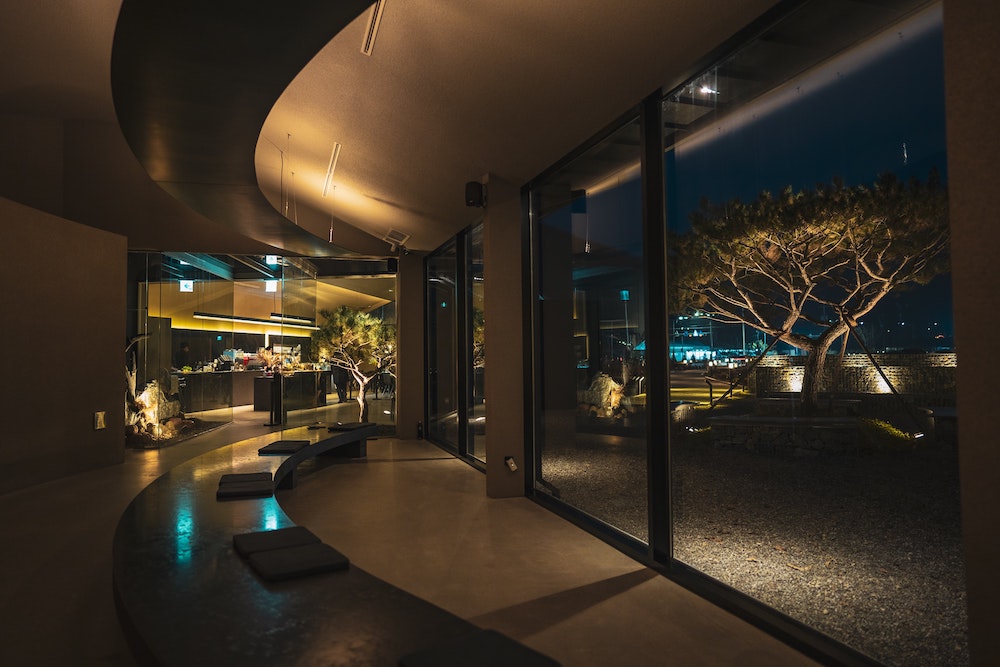
Image credit: Zero Take/Unsplash
You’ve worked hard to provide your guests with an elegant and beautiful landscape. Whether you’ve surrounded the grounds with topiaries, colourful blooms, or lots of greenery, the beauty of your landscape scheme can be lost at nightfall. But carefully placed solar lights can subtly highlight both hardscape and softscape elements naturally without harsh intrusion. Consider solar sculpture lights to add a soft glow to your plant life once the sun goes down.
3) In doorways
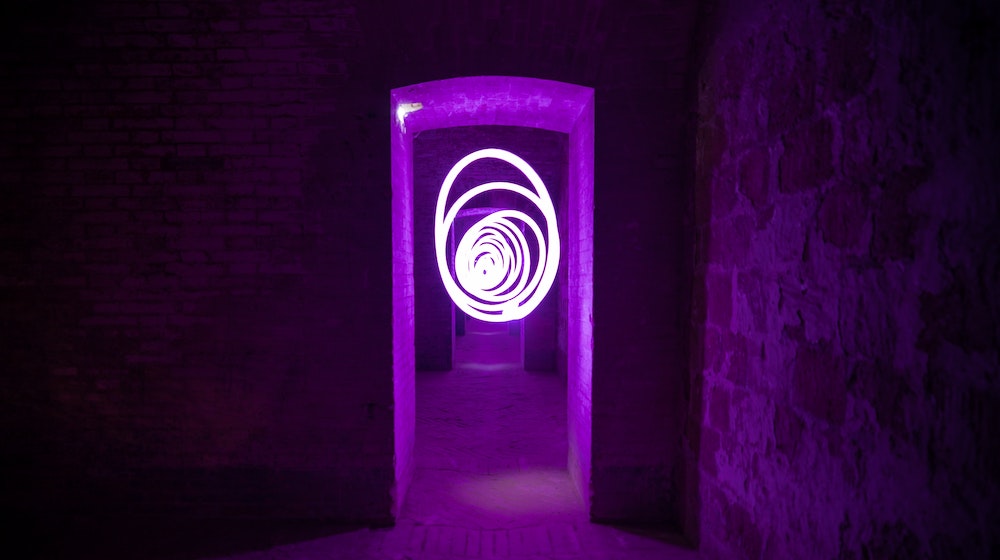
Image credit: Alberico Bartoccini/Unsplash
Adequate lighting is crucial at entrances. This is where most people stop to find their room key or card that lets them into the building. The chief advantage of solar lights here is money savings. Mounted outdoors, they pull their juice from the sun, not a meter.
4) In entertainment spaces
Even if guests don’t use the pool at night, they like to gather outdoors around it on a cool summer night. Lights inside the pool aren’t enough to illuminate the entire area. Today’s solar lights come in a variety of fixtures ranging from post and table lamps to coachman and Japanese lanterns. They can work well on terraces, patios, and decks and can nestle into the corners and niches where electrical lights (and cords) are cumbersome.
5) In parking areas
Commercial solar post lights have been available for several years and are becoming widely used as streetlights. They can provide security and safety to guests as they come and go.
Another benefit is guest appreciation. Studies show Americans are becoming more eco-friendly and energy conscious. The minute your guests drive up, they’ll see that your establishment is doing its part to be sustainable. A hotel that displays that spirit may encourage more return visits and referrals.
Main image credit: Unsplash

